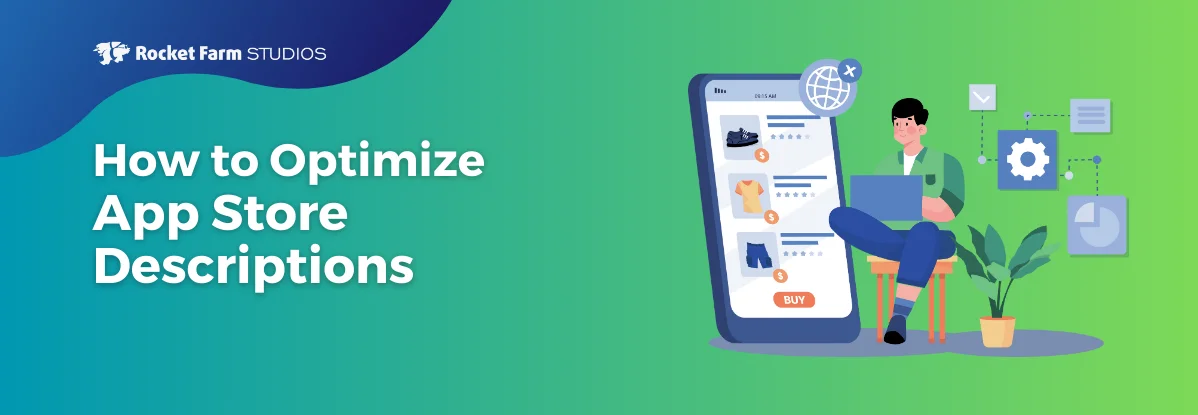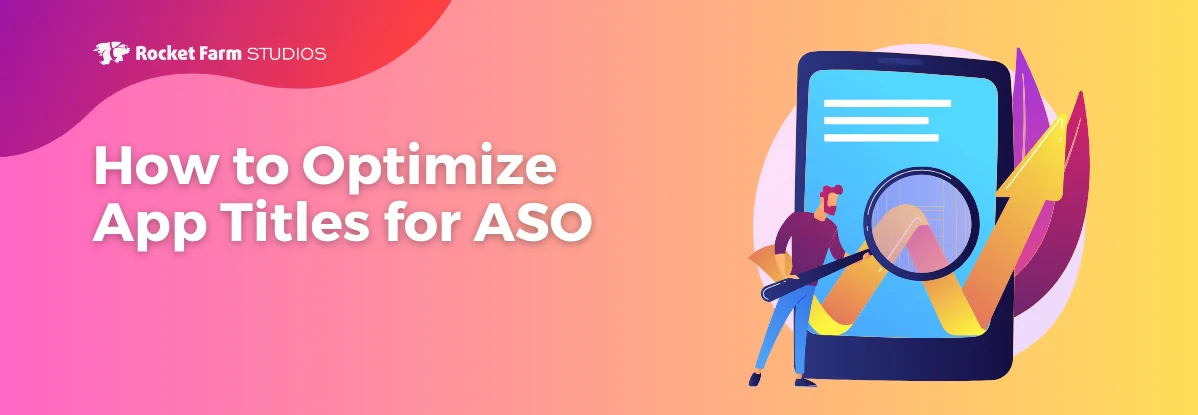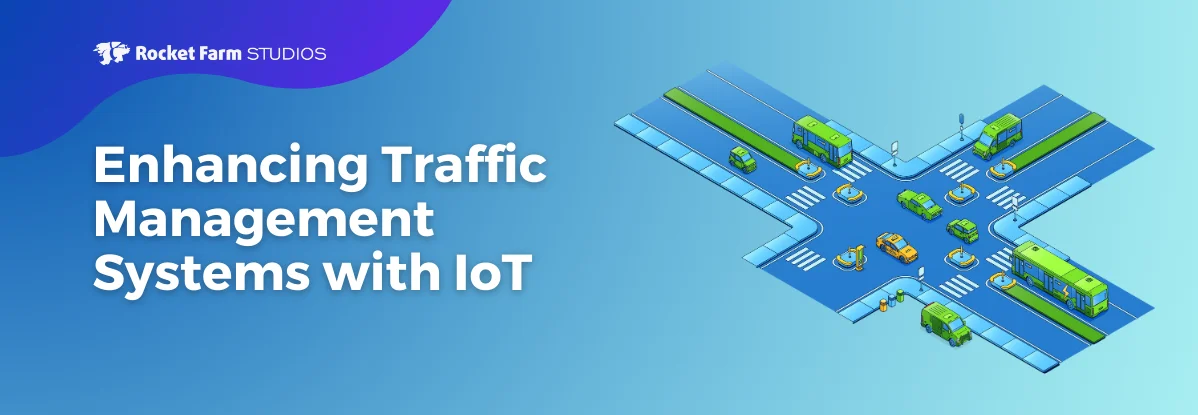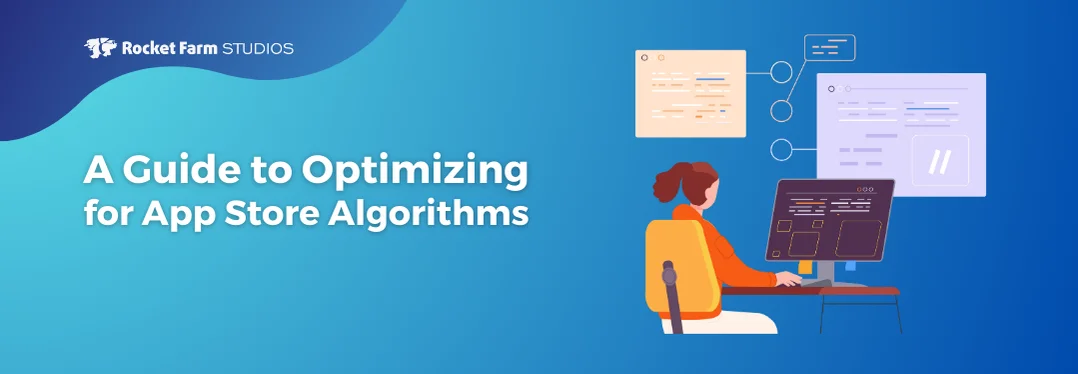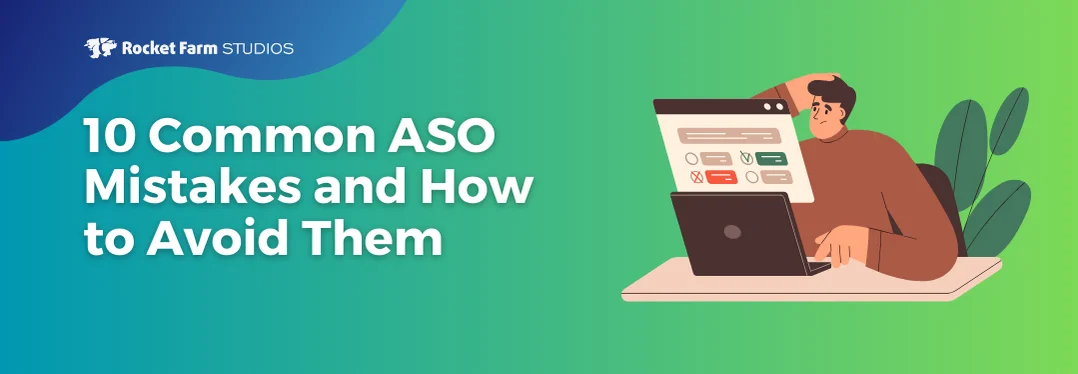Are you fully tapping into the potential revenue your app can generate? It’s not uncommon for app owners to underestimate this, leaving significant profits on the table. Generating revenue isn’t just a metric of success—it’s essential for your app’s sustainability and growth in an increasingly competitive market.
Ensuring you’re fully tapping into the potential revenue your app can generate is a continuous, evolving process. It requires a deep understanding of your customers, their behavior, the market, and your app’s performance. It involves tweaking and refining your strategy, exploring new opportunities, and being flexible to change.
A truly effective monetization strategy is one that creates a win-win scenario, bringing value to both your business and your users. This balanced approach helps ensure long-term sustainability and user satisfaction.
In this post, we will delve into 10 strategies designed to unlock and maximize the revenue-generating power of your app.
Strategy #1: In-app Advertising
In-app advertising monetizes your user base by hosting ads within the app. The benefits include higher user engagement and potential for significant ad revenue. The more your user base grows, the more profitable this strategy becomes.
That said, in-app ads require a large user base to attract substantial revenue. Mobile gaming applications, in particular, have demonstrated remarkable success in leveraging advertising, predominantly due to their extensive and engaged user communities.
Strategy #2: Freemium Model
The freemium model allows users to download the app for free, with optional premium features available for purchase. This encourages user engagement, while enticing upgrades for enhanced functionality.
Freemium has added benefits. When done right, free users can contribute word of mouth and viral spread. That makes it easier to get the app out there, while fine tuning the paid side for a niche of users who are willing to pay.
Strategy #3: In-app Purchases
In-app purchases offer additional features or content for a price. These can range from power-ups in a game to premium content in a reading app. It creates a scalable revenue stream as users become more engaged.
In-app purchases indeed hold substantial potential as a revenue stream, but they necessitate a comprehensive understanding of your user base and their behaviors. Implementing in-app purchases demands thorough and strategic planning, with a consistent focus on optimizing the user experience.
Strategy #4: Subscription Model
A subscription model provides continuous access to premium content or features for a recurring fee. It’s a powerful tool for ensuring regular income while providing constant value to users.
Many enterprises adopt the strategy of providing free trial periods with their subscription services, which presents users with an opportunity to explore the offering before committing.
These trial periods serve dual functions. They act as an attractive incentive for users and provide valuable insights into user behavior and potential drop-off points.
Strategy #5: Paid Apps
Charging for app downloads ensures immediate revenue with each new user. This strategy works best for unique, high-quality apps that provide substantial value to users.
The issue with paid apps lies in their one-time payment structure. While this can provide an initial influx of revenue if your model can sustain it, incorporating additional monetization strategies can be more beneficial in the long run.
This blended approach ensures a steady stream of income beyond the initial purchase, enhancing the app’s financial sustainability.
Strategy #6: Sponsorship
Securing sponsorships can provide a steady income stream. It involves integrating sponsored content or branding within your app, thus promoting brands while generating revenue. although the stability and size of this revenue often hinge on the nature of the sponsorship agreement and the size or relevance of the sponsoring company to your app’s user base.
Early-stage apps often overlook the potential of sponsorships. However, as an app gains niche traction, sponsorships can transform into substantial revenue. Moreover, co-branding with an established brand can enhance the app’s credibility and value significantly.
Strategy #7: Affiliate Marketing
Affiliate marketing involves promoting a third-party product or service in your app for a commission. This strategy can generate significant income, especially when the affiliate’s offerings align with your users’ interests.
Similar to sponsorships, affiliate marketing is often overlooked. If you own a niche and there are businesses on the other side of that niche who would love to meet your customers, affiliate marketing is the way to go.
Strategy #8: Data Monetization
If your app collects user data (while respecting privacy laws), it can be monetized. Businesses value insights derived from data, and this strategy can turn your app into a valuable information source.
Consider a fitness app that tracks user behavior while adhering to privacy laws. The aggregated, anonymized data could provide valuable insights into fitness trends and dietary habits. Businesses like sportswear or health food companies might be interested in these insights.
Strategy #9: Crowdfunding
Crowdfunding through platforms like Kickstarter can generate initial funding. It allows users to contribute directly to your app’s development in exchange for early access or other perks.
Crowdfunding is a valuable tool for getting an app off the ground and can serve as a potent early marketing strategy. After a successful launch, the door is wide open to experiment with any of these other revenue-generation strategies.
Strategy #10: Physical Goods and Merchandise
Selling physical goods or merchandise related to your app (like branded apparel or accessories) can boost your income. This approach works best when your app has a devoted user base or unique branding.
If you have a unique brand, it’s always possible to tease a physical product and see if it sells. If it does, you might be able to create a valuable adjacent revenue stream that can help to fund on-going development.
Conclusion:
To thrive in the mobile app industry, effective monetization is key. These strategies represent a myriad of avenues that can be specifically tailored to align with your app’s purpose and user base. Keep in mind these strategies are not standalone and can be mixed and matched depending on business and your user base.
Understanding user behavior is crucial for growth after the launch of your app. It is imperative to identify where users disengage and how well they are retained. The user lifecycle—comprising user acquisition, activation, monetization, and retention—should be continually assessed to pinpoint areas causing user attrition.
Ultimately, retention emerges as the paramount metric. If your app offers value and successfully retains users, the journey to successful app monetization becomes significantly smoother.
At Rocket Farm Studios, we understand the unique needs of each app and are adept at assisting you in selecting and implementing the most fitting strategies. By adopting a diverse approach to monetization, you ensure a consistent income stream, thereby creating room for continuous innovation, adaptation and robust retention.
Rocket Farm Studios is ready to guide you through this journey, unlocking the true revenue potential of your app.




